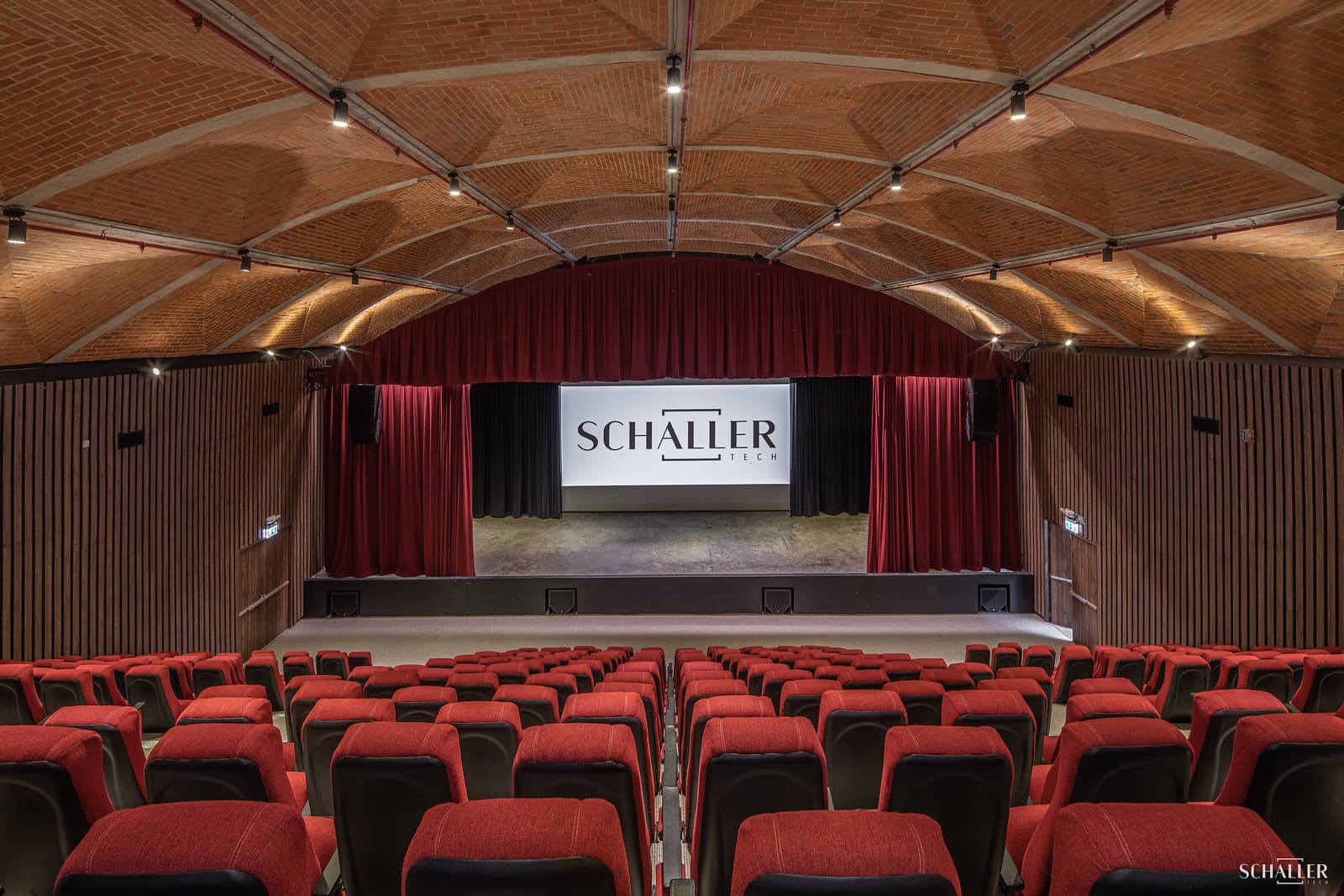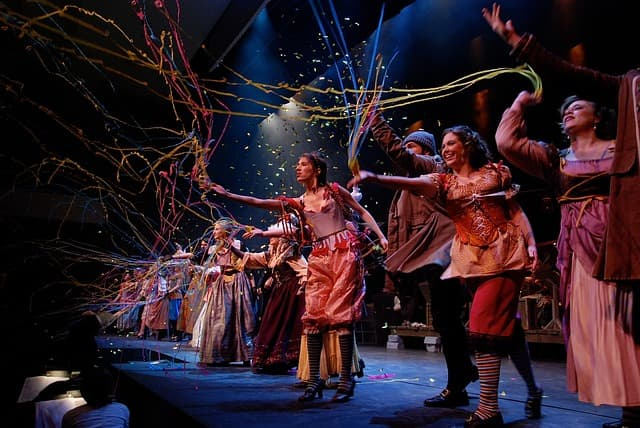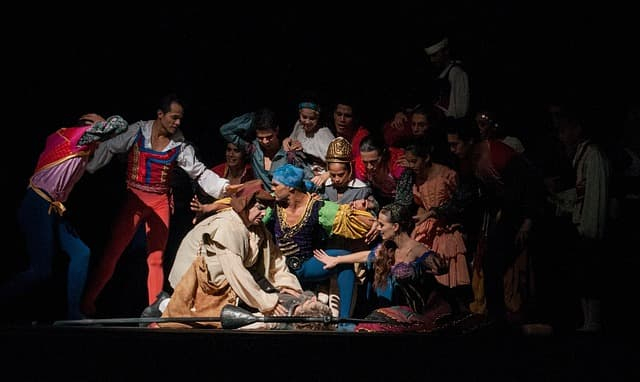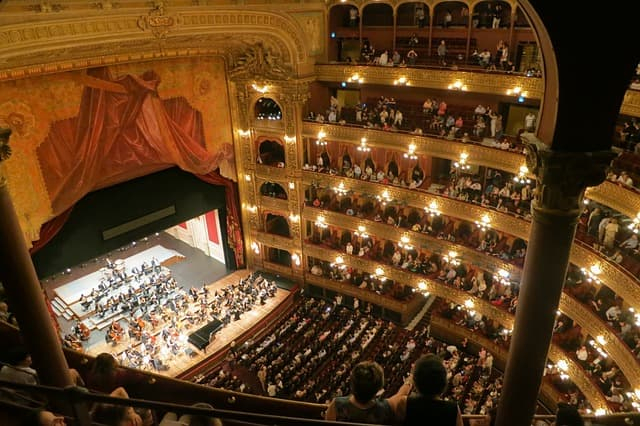Hello theater and tech lovers! Have you ever wondered how the timeless art of theater is entering the digital age? Well, get ready to lift the curtain on the captivating world of technological innovation in modern theater. From immersive experiences to mind-blowing special effects, modern theater productions are breaking down boundaries and redefining what it means to be part of an audience. So grab your popcorn and let’s dive into this exciting blend of creativity and cutting edge technology, and when you want to take a little break from watching you can test your luck at rethymnoguide.gr/ and pick up a very nice bonus!
Act One: The Rise of Digital Wizardry
Picture this: it’s opening night, and as you settle into your seat, you’re transported to a world where anything is possible. Thanks to advancements in digital projection mapping, sets come alive with breathtaking visuals that blur the line between reality and imagination. No longer confined to static backdrops, these dynamic environments create an immersive experience that leaves audiences spellbound.
| Year | Technological Advancement |
| 1993 | Introduction of Digital Projection Mapping |
| 2010 | Integration of Augmented Reality in Set Design |
| 2018 | Adoption of Virtual Reality for Immersive Performances |
Act Two: Interactive Experiences Take Center Stage
Gone are the days of passive observation – today’s theatergoers crave engagement and participation. Enter interactive technologies like motion sensors and RFID (Radio-Frequency Identification) tags, which empower audience members to become active participants in the narrative. Whether it’s controlling lighting effects with a wave of their hand or influencing the storyline through real-time voting, these innovations blur the boundaries between performer and spectator, transforming each show into a unique and unforgettable experience.
| Year | Interactive Technology Implemented |
| 2007 | Introduction of Motion Sensor Technology |
| 2014 | Integration of RFID Tags for Audience Interaction |
| 2020 | Adoption of Smartphone Apps for Real-time Engagement |
Act Three: The Fusion of Live Performance and Digital Artistry
In the age of YouTube and TikTok, audiences crave more than just live performances – they want spectacle. Enter the world of projection mapping, where traditional stagecraft meets cutting-edge visual effects. From transforming actors into larger-than-life characters to creating stunning 3D landscapes that defy gravity, projection mapping pushes the boundaries of what’s possible on stage. It’s not just about telling a story anymore – it’s about creating an unforgettable visual feast that leaves audiences breathless.
| Year | Milestones in Projection Mapping |
| 2004 | First Use of Projection Mapping in Theater |
| 2012 | Integration of 3D Projection Mapping Techniques |
| 2019 | Collaboration Between Theater and Video Game Developers |
Act Four: Challenges on the Horizon
But wait – with great innovation comes great responsibility. As theaters embrace technology with open arms, they also face a host of challenges, from technical glitches to concerns about artistic integrity. Balancing spectacle with substance is no easy feat, and as the lines between reality and virtuality blur, questions arise about the true essence of theater. Will technology enhance the magic of live performance, or will it overshadow the artistry that defines the stage?
Act Five: The Show Must Go On
the marriage of technology and theater holds boundless potential for creativity and innovation. By harnessing the power of digital wizardry, interactive experiences, and immersive storytelling, contemporary theater has the opportunity to captivate audiences in ways never before imagined. However, as we navigate this brave new world, it’s essential to remember that at its core, theater is about human connection – and no amount of technology can replace the magic of a shared moment between performer and audience.
Q&A Time!
Q: Will technological innovations replace traditional theater practices? A: While technology certainly enhances the theatrical experience, it’s unlikely to replace traditional practices entirely. Instead, it offers new possibilities for creativity and audience engagement.
Q: How do theaters address concerns about accessibility when implementing interactive technologies? A: Theaters are increasingly mindful of accessibility issues and strive to ensure that interactive technologies are inclusive and accommodating to all audience members, regardless of ability.
Q: What role do emerging technologies like artificial intelligence play in the future of theater? A: Artificial intelligence has the potential to revolutionize aspects of theater production, from generating dynamic lighting cues to creating responsive, adaptive narratives that evolve based on audience input. As the technology continues to evolve, the possibilities are truly endless.









Recent Comments